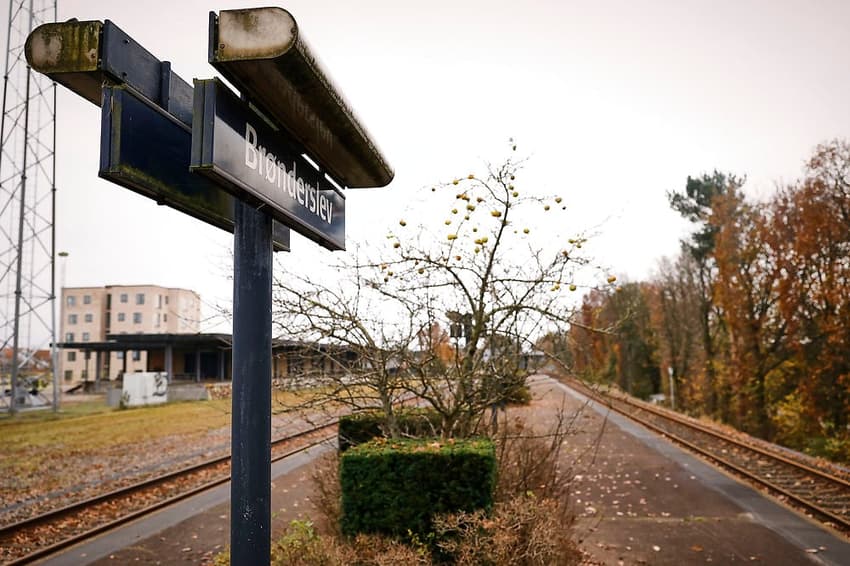Danish government confirms North Jutland restrictions to be eased early

Extra coronavirus restrictions put in place in seven North Jutland municipalities earlier this month are to be lifted early.
Most of the additional restrictions placed on North Jutland on November 4th and 5th will be lifted in the coming days beginning on Thursday, the Ministry of Health confirmed in a statement.
As such, people in North Jutland are no longer asked not to travel to other parts of Denmark.
Restaurants and cafes will be allowed to reopen from Friday, and public transport will operate normally.
Restrictions at child care facilities, schools, youth education institutions and universities will be eased on Monday.
The seven affected municipalities are Vesthimmerland, Frederikshavn, Thisted, Hjørring, Brønderslev, Jammerbugt and Læsø.
They were placed under considerably tighter restrictions than the rest of Denmark after mutated variants of the new coronavirus linked to mink farms were found in humans.
Health authorities were concerned that a spread of one of the mutations in the community could threaten the efficacy of a future Covid-19 vaccine, after initial research showed it as being potentially more resistant to antibodies.
But testing of 73,000 residents in the region found no cases of the mutation in question.
The restrictions, which were to have been effective until December 3rd, will therefore be lifted early, based on assessment by the State Serum Institute, Denmark’s national infectious disease agency.
“This has been two long weeks for North Jutland, so this is very important and anticipated news,” said Lars Sandahl Sørensen, CEO of the Confederation of Danish Industry.
“The restrictions have caused huge frustrations and problems for businesses and the public in North Jutland, so the reopening has been anticipated and requested,” he added in a written comment to Ritzau.
READ ALSO: Danish minister resigns over 'mistakes' in response to coronavirus mink outbreak
Comments
See Also
Most of the additional restrictions placed on North Jutland on November 4th and 5th will be lifted in the coming days beginning on Thursday, the Ministry of Health confirmed in a statement.
As such, people in North Jutland are no longer asked not to travel to other parts of Denmark.
Restaurants and cafes will be allowed to reopen from Friday, and public transport will operate normally.
Restrictions at child care facilities, schools, youth education institutions and universities will be eased on Monday.
The seven affected municipalities are Vesthimmerland, Frederikshavn, Thisted, Hjørring, Brønderslev, Jammerbugt and Læsø.
They were placed under considerably tighter restrictions than the rest of Denmark after mutated variants of the new coronavirus linked to mink farms were found in humans.
Health authorities were concerned that a spread of one of the mutations in the community could threaten the efficacy of a future Covid-19 vaccine, after initial research showed it as being potentially more resistant to antibodies.
But testing of 73,000 residents in the region found no cases of the mutation in question.
The restrictions, which were to have been effective until December 3rd, will therefore be lifted early, based on assessment by the State Serum Institute, Denmark’s national infectious disease agency.
“This has been two long weeks for North Jutland, so this is very important and anticipated news,” said Lars Sandahl Sørensen, CEO of the Confederation of Danish Industry.
“The restrictions have caused huge frustrations and problems for businesses and the public in North Jutland, so the reopening has been anticipated and requested,” he added in a written comment to Ritzau.
READ ALSO: Danish minister resigns over 'mistakes' in response to coronavirus mink outbreak
Join the conversation in our comments section below. Share your own views and experience and if you have a question or suggestion for our journalists then email us at [email protected].
Please keep comments civil, constructive and on topic – and make sure to read our terms of use before getting involved.
Please log in here to leave a comment.